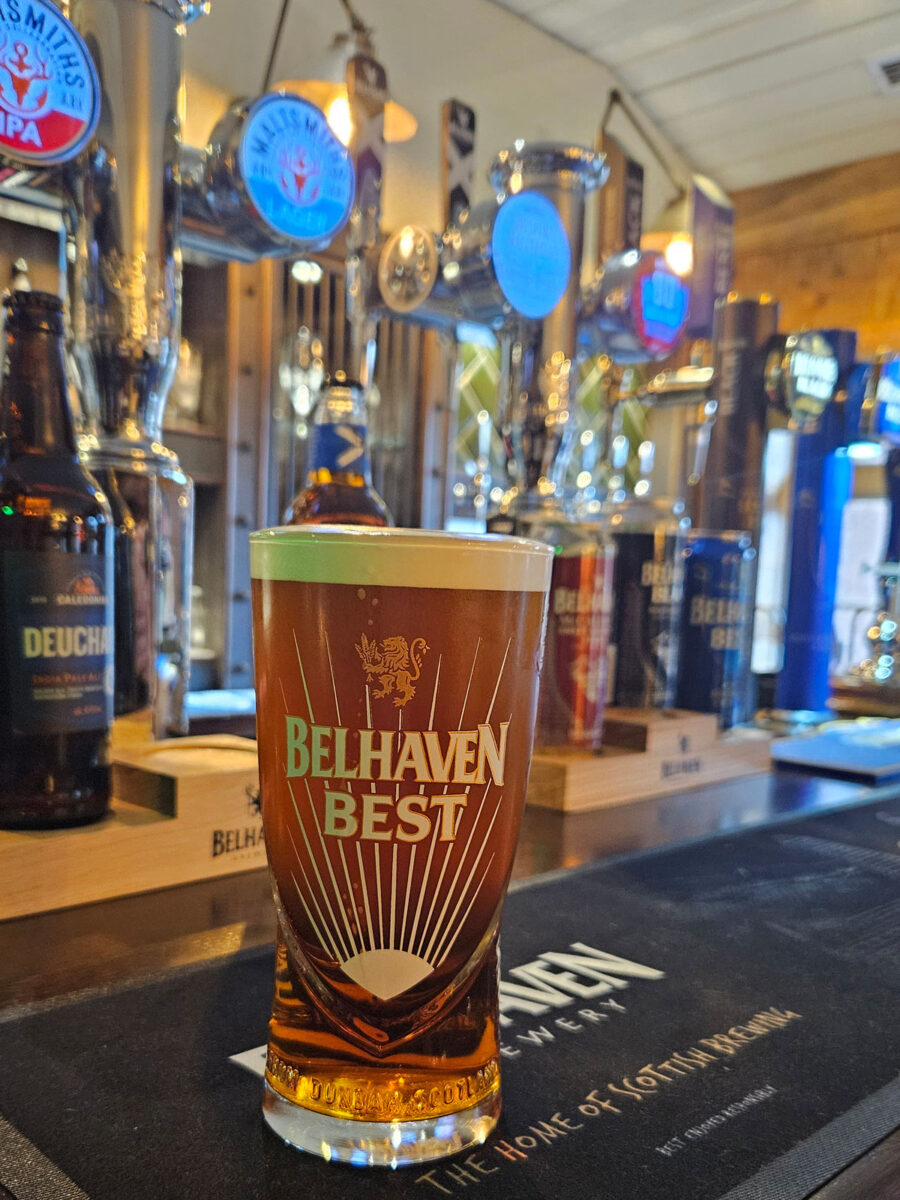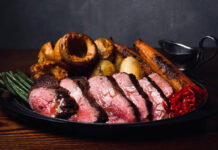60 Years of SLTN: Belhaven Brewery in Dunbar is a slice of living history
By Dave Hunter
You only have to look at the historic Belhaven Brewery in Dunbar to get a sense of the impact this proud facility has had on Scotland’s beer industry.
Built in 1719 Belhaven is, by some way, Scotland’s oldest working brewery. There’s even said to be resident ghosts in the brewery cellars (SLTN can’t confirm the friendliness or otherwise of said spectres).
Stepping onto the site is, in some ways, like taking a trip back in time. Although these days the brewery has a lot of the computers and other trappings of a modern production facility, the building itself still has a lot of the original features, from the iconic pagoda chimneys to the old malt intake on the side of the brewery. A small secondary building now used as a laboratory to test samples of the beer was originally Belhaven’s stables.
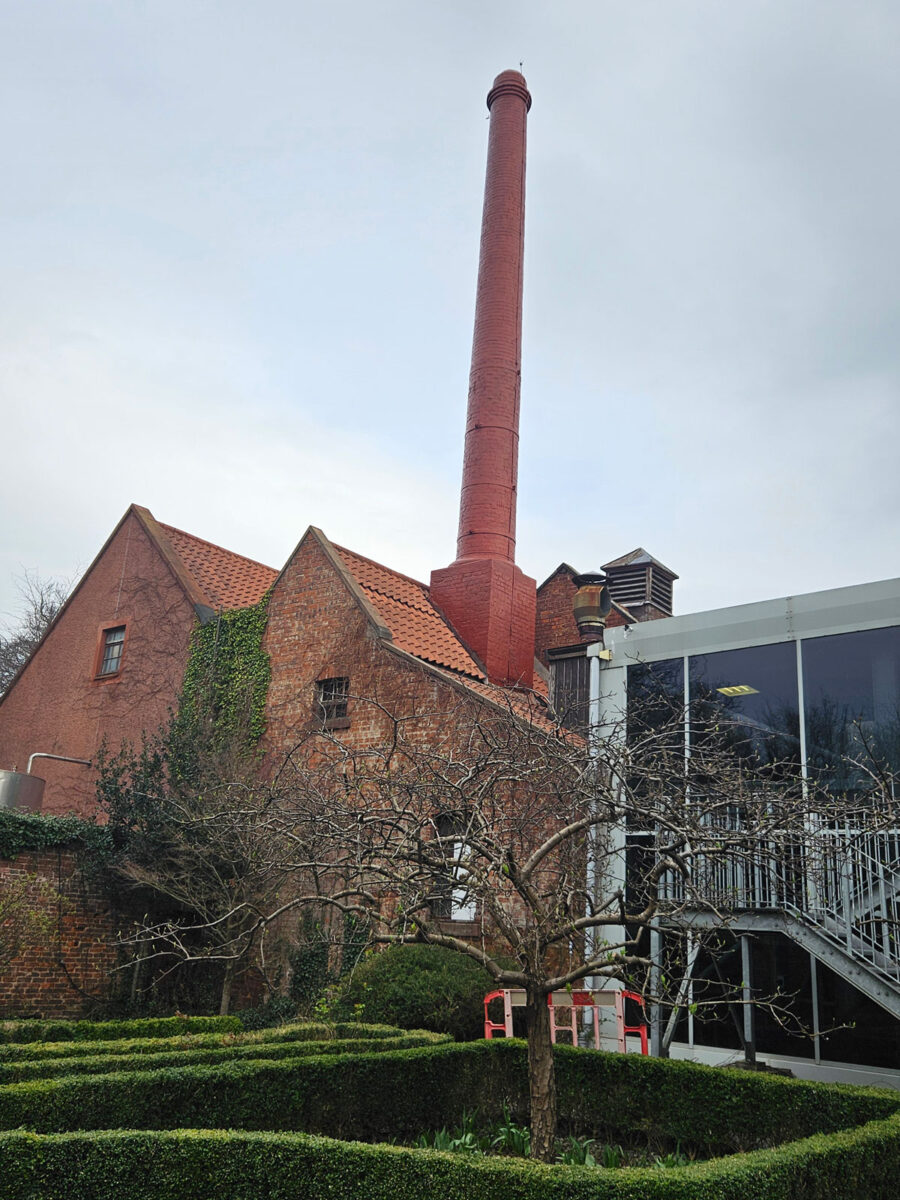

As is tradition, all Belhaven beers begin with one of the most important ingredients: malted barley.
Supplied by local maltsters, the barley comes in different varieties, depending on which beers the brewery is making, from the pale malt used for the brewery’s lagers to the Crystal malt found in Belhaven Best and the chocolate malt that’s a key ingredient in Belhaven Black.
“You can mix and match with different types of malt, but you’ll tend to use more of one than another, depending on what you’re trying to produce,” visitor experience host Chris Mutch told SLTN during a recent trip to Belhaven.
Once it’s been delivered, the barley is then fed through Belhaven’s Porteus four-roller mill – itself a piece of history dating back over half a century – before the porridge-like grist is extracted and transferred to the brewery’s mash tun, where hot water is added to convert the starches in the grist to sugars.
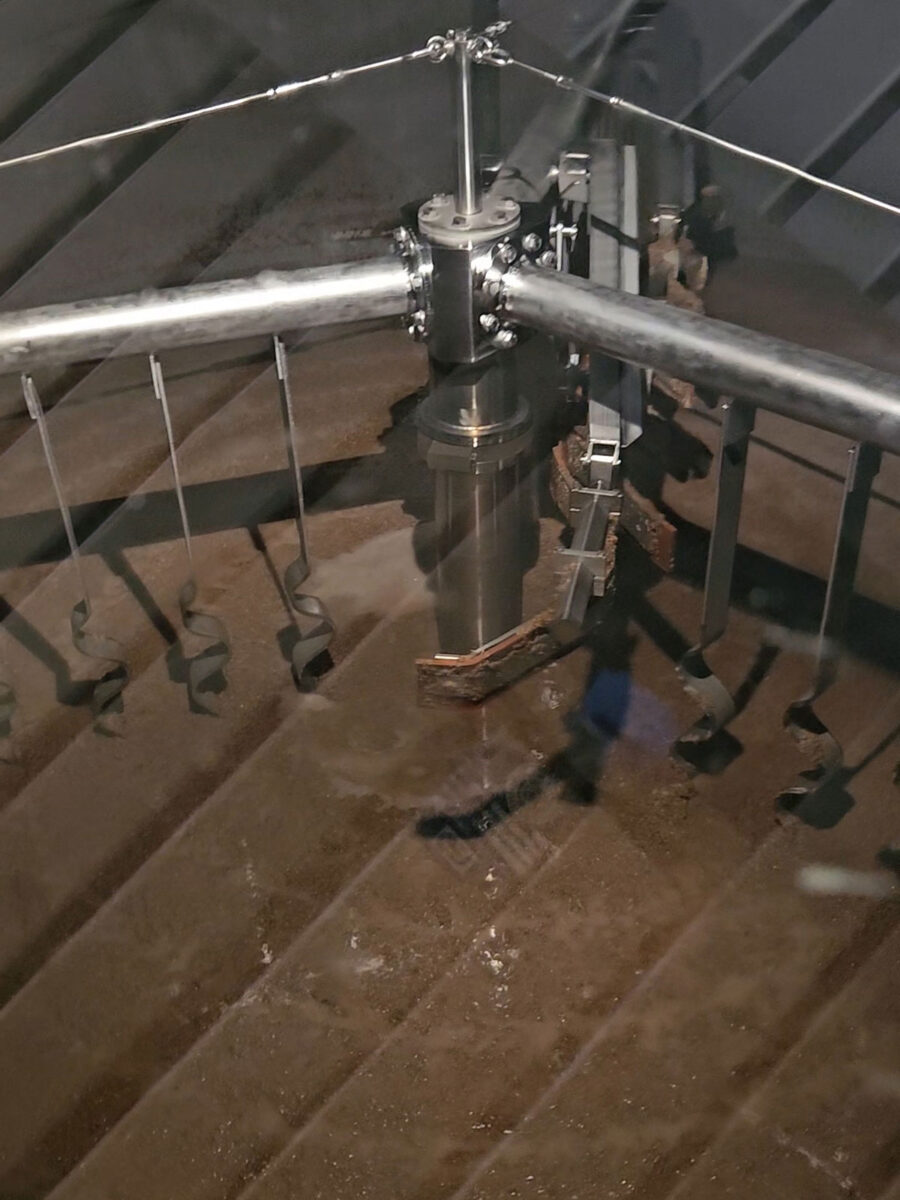

This ‘mash’ then goes into a lauter tun for the ‘sparging’ process, which separates the sugared liquid that will then progress to the next stage of production. The liquid at this point is repeatedly tested for sugar content before being circulated back into the lauter tun.
This sugary liquid – or ‘wort’ – is then sent to a boiling kettle, where hops are added, before being transferred to a whirlpool vessel, where any leftover solid hops particles are separated. The liquid is now cooled – with the exact temperature depending on which kind of beer is to be produced – then sent to fermentation tanks, where yeast is added in order to kickstart fermentation.
Again, depending on the beer being produced, this stage can take a couple of days (for Belhaven Best) or almost a week (Wee Heavy).
After fermentation the beer is filtered before being transferred to cold storage and then packaged.
Last year parent company Greene King – which bought Belhaven in 2005 – invested £4.5 million in a new, state-of-the-art kegging line at the facility, which is capable of producing around 750,000 kegs – or roughly 66 million pints – every year. Not bad for a facility that’s literally a piece of Scottish history.
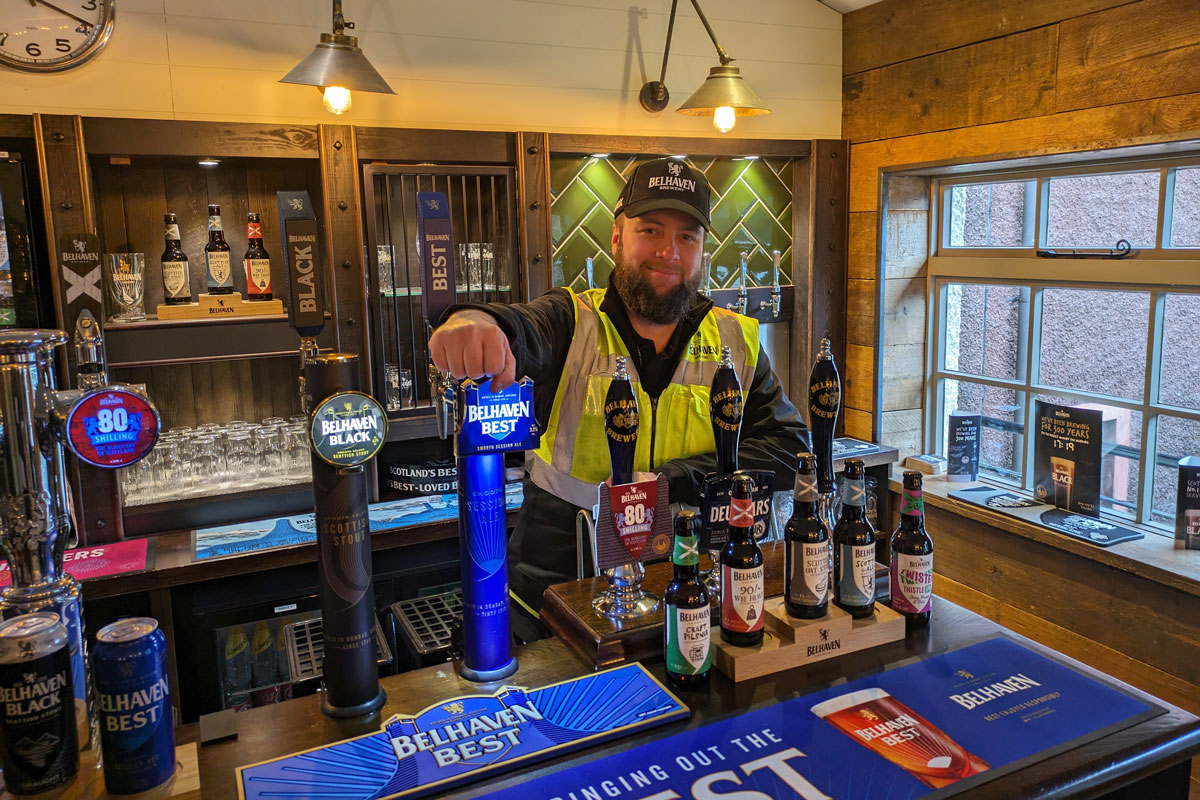

It’s a far cry from the capacity the brewery would have had when SLTN first reported on the trade in 1964. But here, too, Belhaven keeps its past alive even as it looks to the future.
The brewery’s biggest beer in the 60s would have been its 80 Shilling – a product it continues to produce in 2024, even if it’s since been overtaken in popularity by Belhaven’s other brews.
The brewery now produces a range of beers that includes Twisted Thistle IPA, Scottish Ale, Oat Stout and Wee Heavy, as well as its Belhaven Black stout.
But Belhaven Best, introduced in the early 1990s, is undoubtedly the brewery’s biggest brand.
“Between July 2022 and July 2023 we sold nine million pints of Best.”
“Belhaven Best is Scotland’s number one ale,” said Chris. “Between July 2022 and July 2023 we sold 9.7 million pints of this stuff. It’s got a nice little smokiness behind it, with toffee and caramel tones. We launched new branding for it last year, which is eye-catching and really popular.”
And Belhaven refuses to stand still on the brand front. In the coming months the brewery will unveil fresh branding for Belhaven Black and is also gearing up to launch another brand – McCallum’s Sweet Scottish Stout – into the domestic market.
The canned stout, already popular overseas, will be appearing in Scottish pubs in the near future.
Investment continues on the brewery itself as well.
Chris explained: “We’ve got a five-year plan to upgrade a lot of the equipment to make it more environmentally-friendly, to really try and lower a lot of our carbon emissions.
“A lot of money is being spent on various burners and boilers and various other things just to make us a lot more efficient.”
It’s a clear sign that, even as one of the UK’s oldest breweries, Belhaven is keen to keep an eye on the future.
